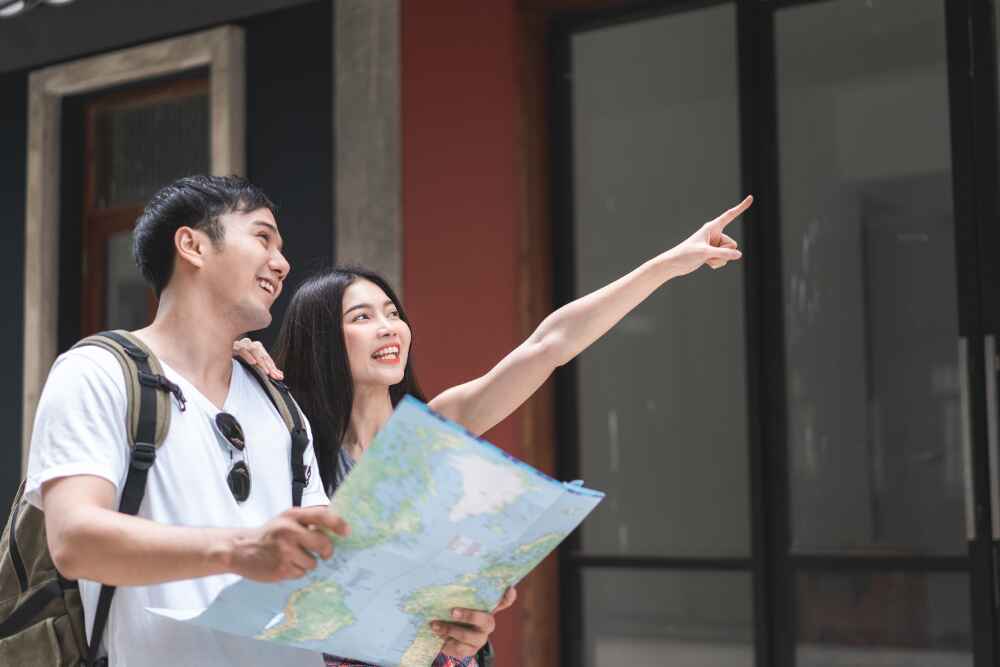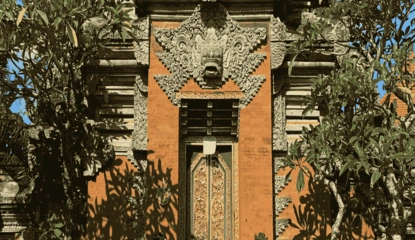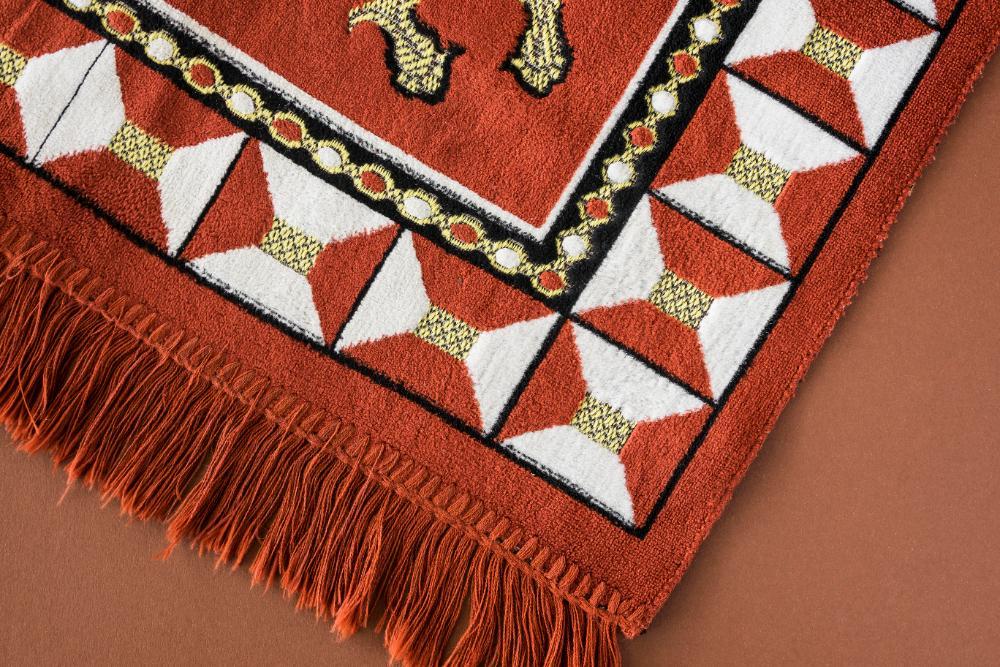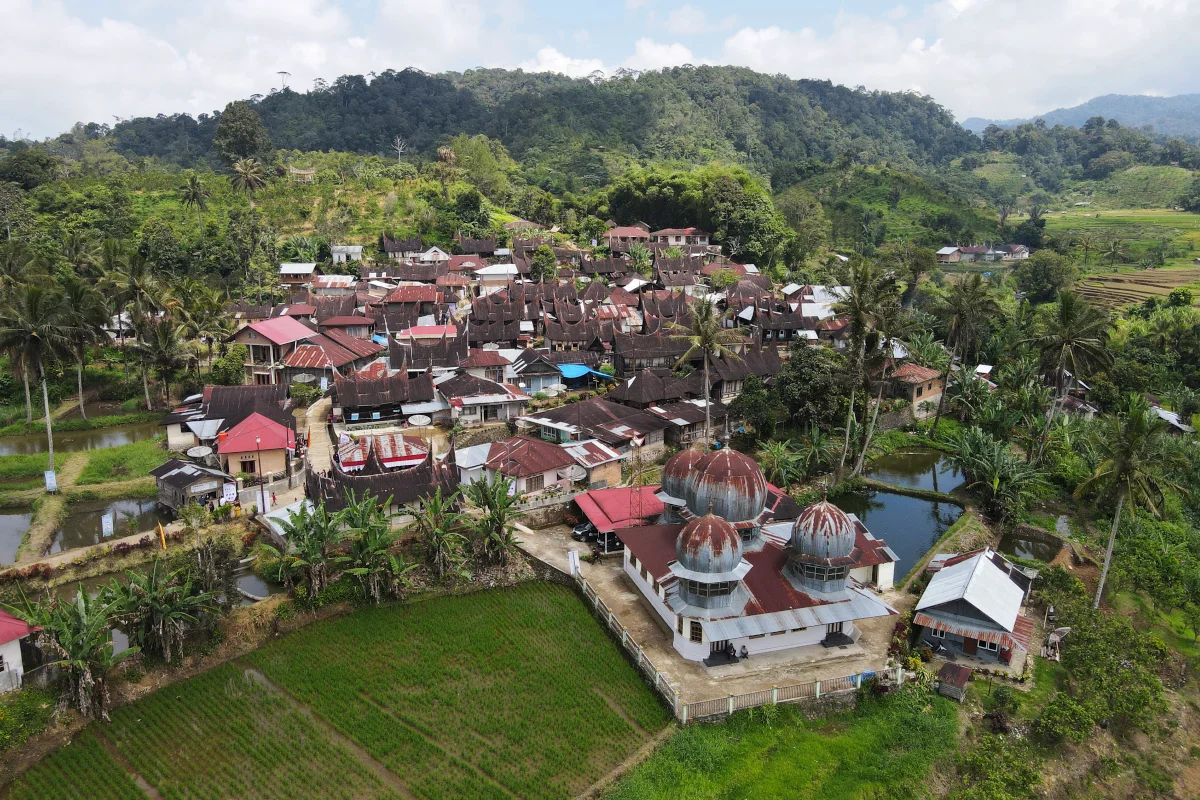Aceh Province is renowned for its deep-rooted Islamic traditions and cultural heritage. Among its many artistic treasures, Kaligrafi Aceh(Acehnese calligraphy) stands out as a profound form of religious expression and artistic mastery.
More than just decorative art, Acehnese calligraphy intertwines devotion, Islamic teachings, and cultural identity. This centuries-old tradition is a reflection of Aceh's Islamic values and its history as one of the earliest gateways of Islam to Southeast Asia, making it a significant cultural and spiritual practice in the region.
The Origins of Kaligrafi Aceh
The practice of Islamic calligraphy in Aceh dates back to the propagation of Islam in the region, which began as early as the 7th or 8th century through trade connections with the Middle East and India. By the time the Aceh Sultanate flourished in the 16th century, Islamic calligraphy had become one of the most prominent art forms in the region. It was used to decorate mosques, religious manuscripts, and other forms of Islamic art.
Calligraphy as Sacred Art
In Islamic tradition, the written word is considered sacred, particularly Quranic verses. The art of calligraphy, therefore, developed as an expression of devotion and as a way to glorify the divine message. Acehnese calligraphy reflects this concept, with the Arabic script being stylized into intricate patterns that often incorporate floral and geometric designs.
Influences on Acehnese Calligraphy
Kaligrafi Aceh is heavily influenced by Islamic art traditions from the Middle East, Persia, and India, brought to Aceh through trade and cultural exchange. While rooted in Islamic principles, the art also features local Acehnese flourishes, such as motifs inspired by Aceh’s natural environment, making it distinct and unique.
Styles and Characteristics of Kaligrafi Aceh
Acehnese calligraphy is defined by its elegant, flowing designs and its use of Arabic script. Each piece is more than a work of art, it's a spiritual offering that reflects reverence for the written word of Allah.
Calligraphy in Aceh frequently incorporates floral and plant motifs, reflecting the influence of local nature and symbolizing harmony and regeneration. Geometric patterns are also a hallmark, inspired by Islamic art traditions and often used to frame or complement the calligraphic text. A unique feature of Kaligrafi Aceh is its use in creating visual illusions by blending calligraphy with artistic forms, such as turning Quranic verses into shapes of flowers, leaves, or even mosque domes.
Colors and Materials
Traditionally, calligraphy in Aceh used natural pigments for coloring. Gold, black, and earthy tones were predominant, symbolizing purity, strength, and the celestial. Modern practices now experiment with a wider range of colors while maintaining the spiritual essence.
Techniques and Mediums Used in Kaligrafi Aceh
The art of Acehnese calligraphy is not confined to paper and pen. Over the centuries, artisans have found ways to merge calligraphy with other art forms and mediums.
Cultural and Religious Significance
Acehnese calligraphy plays a crucial role in both the spiritual and cultural lives of its people. It goes beyond mere decoration to serve as a tangible expression of the region’s Islamic devotion and identity.
Role in Religion
Calligraphy is most commonly associated with Quranic texts, making it an integral part of Acehnese religious practices. It is widely used in mosque interiors, including domes, walls, and mihrabs (prayer niches), to create an atmosphere of spirituality and reflection. Quranic calligraphy also appears on items used during religious rituals, ensuring that faith is represented in every aspect of daily life.
Role in Daily Life and Celebrations
Calligraphic art is often displayed in homes as a sign of faith and devotion. It serves as a spiritual reminder for families. During weddings and cultural festivals, decorative calligraphy is commonly featured on textiles like banners or ceremonial cloths, adding an air of solemnity and tradition.
A Symbol of Acehnese Identity
Kaligrafi Aceh is a proud expression of Aceh’s cultural heritage, symbolizing resilience and the preservation of Islamic traditions through art. The unique Acehnese aesthetic, blending Islamic principles with local influences, has made its calligraphy distinct among Indonesia’s regional art forms.









